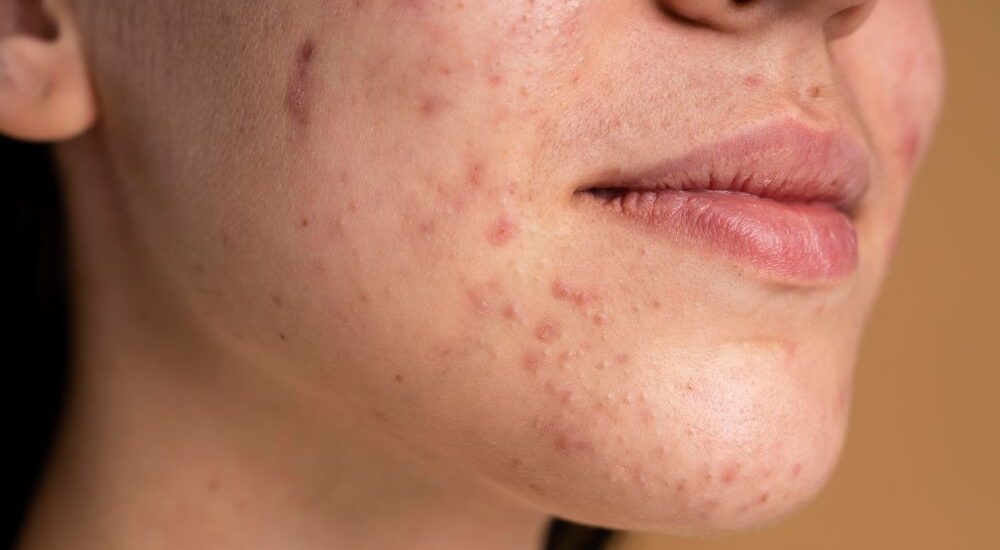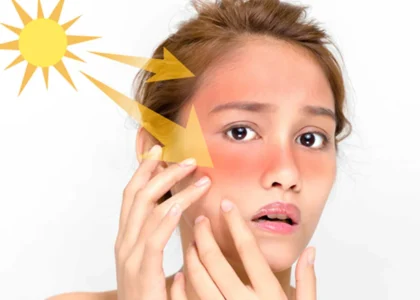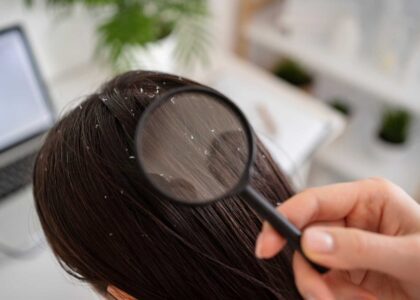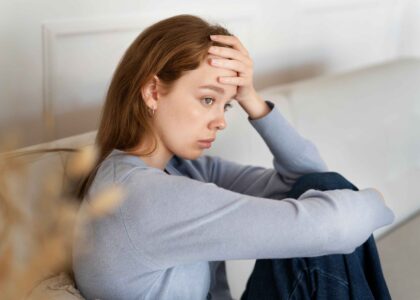Acne is a skin inflammation that occurs when hair follicles become clogged with oil and dead skin cells. It is also associated with red bumps (papules), and pus may appear on top of them, forming pustules. If the inflammation is deeper in the skin, red and painful thickenings (nodules) may be observed, which evolve into cysts and abscesses. Acne develops around puberty, affecting 80% of adolescents and young adults between the ages of 12 and 20. Especially in women, acne can persist for decades, with breakouts common a week before menstruation.
Acne can last for a few months or even quite a while. Once the acne disappears, it can leave scars on the skin.
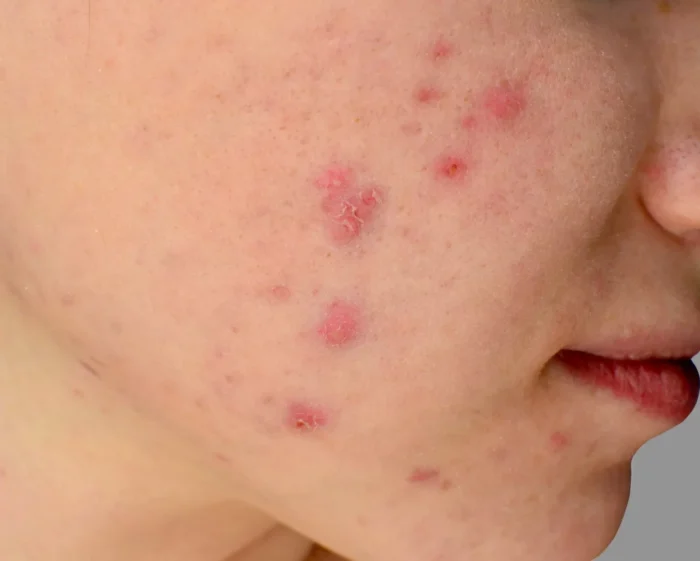
Causes of acne:
The acne spots first form from an increase inthe formation of sebum, which is joined by gleaming skin because of overproduction of sebum and bacterial multiplication.
At the point when the sebum can never again stream regularly, the pores of the skin become obstructed, and skin inflammation spots then show up. The reasons for skin break out likewise include:
- Hormonal changes
- Hereditary qualities
- Fatty or oily diet
- Certain medications
- Erroneous cosmetic use
- Stress
Symptoms of acne:
Acne is generallylarge and shows up on the face, brow, chest, upper back, and shoulders. It incorporates side effects like:
- Whiteheads
- Clogged pores
- Broadened pores
- Scars and bumps
- Little, red delicate
- Pimples (pustules)
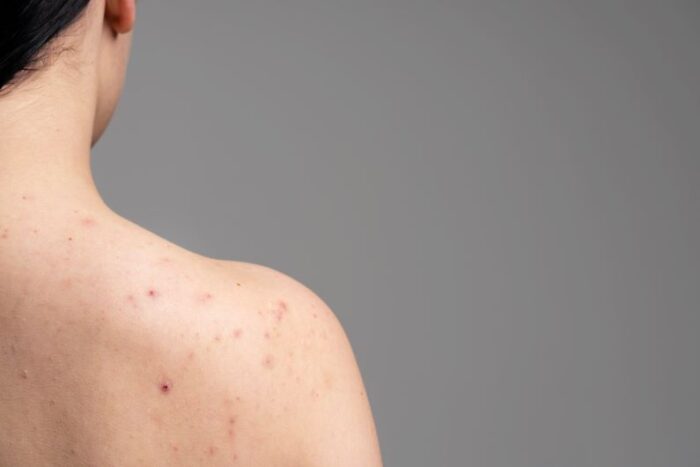
Treatment of acne:
Acneis a serious infection and should be treated under the oversight of a dermatologist. On the off chance that the issue is restricted to two or three pimples (comedones, pustules) and stopped-up pores, you can address it yourself with the assistance of dermatocosmetics. Here are a few ways to treat acne:-
- Oral antibiotics: Antibiotics are the most commonly used oral medications for the treatment and relief of moderate and severe inflammatory acne. They work by killing acne-causing bacteria.
- Gentle Cleansing: Cleaning the skin well with a specific soft product, i.e., a product that helps to slow down the production of sebum and ensures an intense action of your care. Avoid certain products, such as scrubs, astringents, and masks. These products can easily irritate the skin, thereby aggravating acne. Over-cleansing and over-rubbing can also irritate the skin.
- Choose water-based cosmetics: Use a daytime cream suitable for acne every day. This is the real key to a successful treatment for acne.
- Protect from sun exposure: Protecting the skin from the sun, contrary to conventional wisdom. Try to stay out of the sun. Use a non-greasy (non-acnegenic) moisturizer, including sunscreen, regularly.
- Healthy diet: Minimize the consumption of fast food, sugary carbonated drinks, baked goods, and anything else that can lead to skin problems.
- Avoid touching or squeezing acne-prone areas: These behaviors may trigger more acne or lead to infection or scarring.
Conclusion:
Acne is a skin inflammation that occurs mainly in young boys and girls during puberty, but adults may also suffer from it. The symptoms of acne are the same at all ages. This recognizes acne with small spots that form predominantly on the face, back, and chest, in the form of small red spots or small white spots, pustules, cysts, or black spots. Early, treatment of acne decreases the gamble of scarring.

